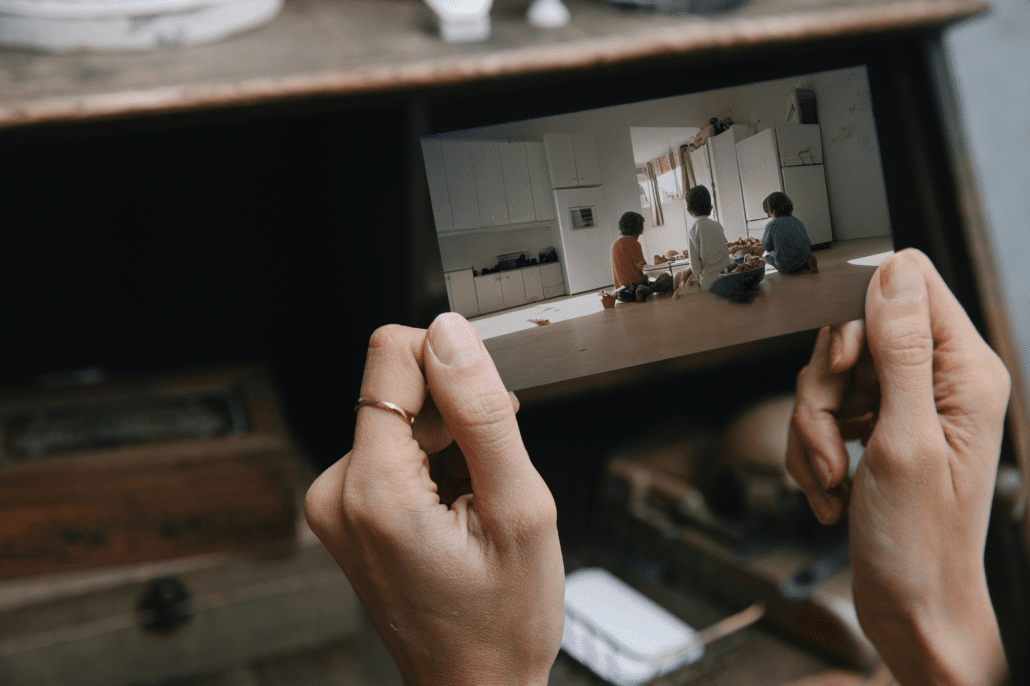The reality behind closed doors
Visualizing the stories of furniture poverty
At Furniture Bank, we see what furniture poverty looks like every day—children sleeping on nests of clothes on the floor, families eating dinner off milk crates, mildewed mattresses brought in from the street, and people using garbage bags for their possessions.
Furniture poverty happens behind closed doors, and we’ve used AI-generated art to ethically capture the realities of living without furniture.
Share this page to help us fight furniture poverty:
Facebook
Twitter
LinkedIn
The realities of furniture poverty are created through algorithms instead of asking those experiencing furniture poverty to put their suffering on display.
Furniture Bank transfers unwanted furniture and household goods donated by the community to people who are coming out of crisis so that children aren’t eating meals on the floor.
In using key words drawn from client experiences, including “bare walls, no furniture, children doing homework on the floor, empty living room”, Furniture Bank and its AI architect were able to generate this image that encapsulates the reality of living in furniture poverty.
Furniture Bank transfers unwanted furniture and household goods donated by the community to people who are coming out of crisis so that children aren’t eating meals on the floor.
Instead of trying to capture the realities of furniture poverty through a traditional camera, Furniture Bank is disrupting the fundraising campaign model by engaging with Artificial Intelligence to generate images like this one.
Furniture Bank’s ground-breaking annual campaign is rewrites the narrative of charitable campaigns by capturing the realities of furniture poverty through digital technology and an AI architect.
Furniture Bank used AI-generated images to create visual that capture the desolation and isolation of furniture poverty without compromise clients’ dignity.
Instead of relying on “poverty porn” to increase donations, Furniture Bank is leveraging innovative technology to create visuals that capture the realities of furniture poverty without exploiting its clients.
Eatting on floors
AI-generated art is spawning fierce debate in art circles, but it allows Furniture Bank to communicate the dire situations its clients are living in—like this one—with its donors ethically, and responsibly.
There are tens of thousands of agencies working with the five million Canadians experiencing poverty to find housing, but as soon as clients have keys in their hands, most social programs end. These houses, however, are not homes. They might have walls and doors and ceilings, but without tables and chairs, and beds and pots and pans, the newcomers, refugees, women, children, and families emerging from crises continue to experience poverty—furniture poverty.
Though AI-generated images can still be upsetting and are difficult-to-witness images, AI images decouple the element of harm and exploitation from the visuals used by a charity.
Share this page to help us fight furniture poverty:
Facebook
Twitter
LinkedIn

How we created AI photos of poverty?
How we continue our digital transformation by applying AI tools for a bigger impact on our Annual Campaign.



